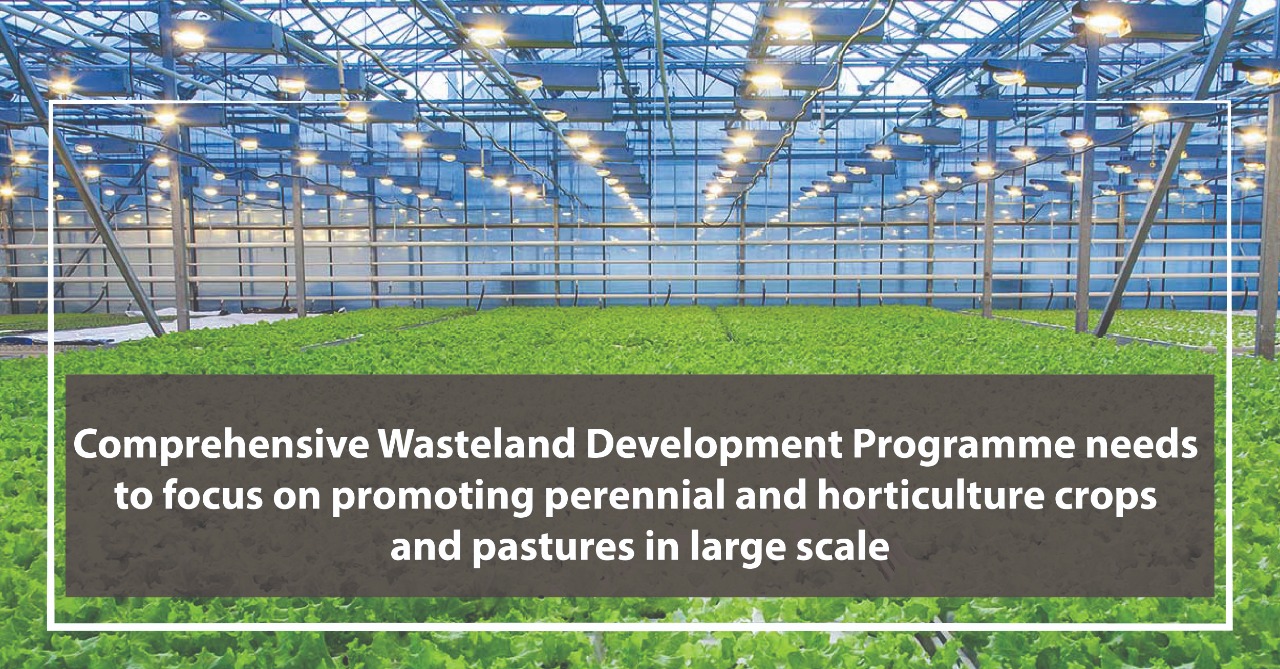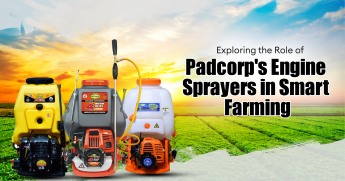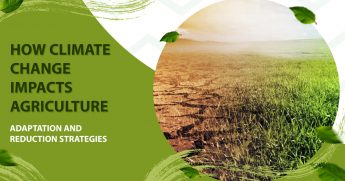Land, the center of all primary production systems and a non-renewable energy source has suffered from different degradations over the years. The country’s landmass gets degraded due to biotic and abiotic pressures. With the population growth cascading across the country, demands are set to rise. This situation is acute in India which has only 2.4% of the total geographical area in the world withholding 16% of the entire world’s population.
What are Wastelands?
Wasteland is a degraded land that is underutilized and can be developed into a vegetative cover with reasonable effort managing the cultivation of water and soil appropriately.
Let us look at the status of Wastelands in India;
India has a total geographical area of 329 million hectares (mil. ha) out of which almost 175 mil.ha now comes under wastelands.
Deforestation is one of the major reasons and a potent factor leading to fertile lands.
An area of 150 mil.ha is degraded due to erosion of wind and water erosion constituting 85.7% of total wastelands
Lands that are considered to be wastelands require utmost care & immediate attention. India has been losing its forests at the rate of 1.5 mil.ha every year and the total rate of deforestation for the world is ever-increasing at the rate of 17 mil.ha per year.
Perennial Crops, Vegetables, and Horticulture in India
The Horticulture sector includes a variety of perennial crops, fruit crops, and vegetables. It contributes around 28% of the GDP from 13.08% of the area. Crops can be distinguished into annual, biennial, and perennial crops based on their Lifecycle. Annual crops germinate, bloom, and die in one year. Biennial crops take two years to grow and Perennial crops grow and sustain for many years. It is thus important to encourage Perennial crop cultivation on wastelands to save and enhance our resources.
Integrated Wasteland Development Programme (IWDP)
The Integrated Wasteland Development Programme is been under implementation from 1989 to 1990 by the NWDB (National Wasteland Development Board). In 1992 it was transferred to the Rural Development. It envisions developing the lands that come under Non-Forest Wastelands in the country.
The basic approach in implementing this programme was reformed in April 1995 when some eminent Guidelines for Watershed Development for the proper development of under-developed lands using the watershed approach came into force.
Objectives
- The basic purpose of the Integrated Wasteland Development Programme is the Reclamation of Wasteland. Wasteland Reclamation is a process wherein barren or sterile land is reused for a productive purpose and developed into fertile land suitable for cultivation & habitation.
- It also aims at generating rural employment conjoined with enhancing people’s participation in the Wasteland Development Programmes at all its stages.
- A comprehensive scheme implemented for improving the productivity of lands being wasted & degraded acknowledging the after-effects of wastelands leading to poverty, backwardness, gender & equity is called the Integrated Wasteland Development Programme.
- It includes Wasteland Management Strategies like the development of wastelands mainly in non-forest areas aimed at looking into land degradation, putting wastelands of the country to true & sustainable use & increasing the availability of bio-mass especially that of fuelwood, fodder, fruits, fiber & small timber.
Activities Undertaken:
The major undertakings of this scheme are:
- In situ conservation of soil and moisture using techniques like terracing, bunding, trenching, vegetative barriers, and drainage line treatment.
- Pasture Land Development with planting & sowing of multipurpose trees, shrubs, grasses, legumes, etc.
- Encouragement of natural regeneration.
- Promoting agroforestry & horticulture.
- Substituting wood and conserving it.
- Raising Awareness along with training & extension.
- Encouragement of people’s participation with community organization and capacity building.
- Treatment of Drainage Line by vegetative and engineering structures
- Developing Harvesting structures of small water
- Afforestation to be practiced on degraded forest and nonforest wasteland.
- Conservation & Development of Common Property Resources.
Conclusion
The implementation of Integrated Wasteland Development must focus mainly on the cultivation of horticulture crops, perennial crops, and pastures in non-forest or degraded land areas. In order to conserve natural resources, it is imperative to put the country’s wastelands to sustainable use. The government of India is undertaking a colossal task through the INTEGRATED WASTELAND DEVELOPMENT PROJECT SCHEME (IWDP) by advancing village-level institutions & has also enlisted people’s participation in it. Supporting this motive, Padgilwar Group is striving hard to find solutions for the issues that small farmers are addressing by introducing affordable pieces of equipment serving a carefree farming mechanism.



